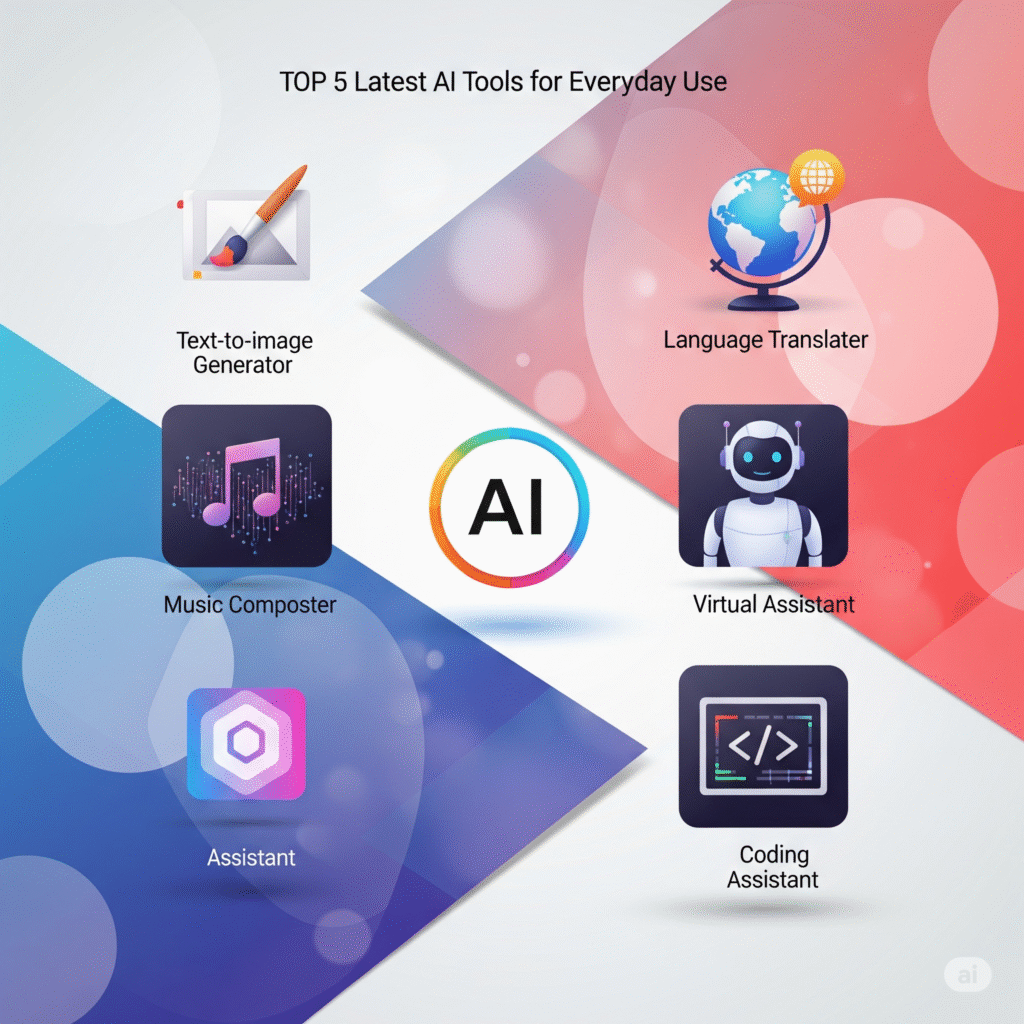Unlocking Efficiency: How No-Code Automation Tools Can Transform Your Workflow
In today’s fast-paced world, businesses and individuals alike are constantly seeking ways to enhance productivity. No-Code Automation Tools are revolutionizing the way we approach tasks, allowing users to streamline their workflows without requiring extensive programming knowledge. These innovative tools empower users to automate repetitive tasks, saving time and resources while increasing overall efficiency.
Understanding No-Code Automation Tools
No-Code Automation Tools are platforms that enable users to create automation workflows without writing code. They use intuitive interfaces that often include drag-and-drop features, helping users design complex processes easily. These tools aim to democratize automation, making it accessible to everyone, from small business owners to large enterprises.
Key Features of No-Code Automation Tools
- User-Friendly Interfaces: Most no-code tools provide simple visual interfaces that allow users to create automations with minimal training.
- Integration Capabilities: They often come with integration options for popular applications, enabling seamless data transfer without manual input.
- Customizable Workflows: Users can tailor workflows to meet their specific needs, ensuring that the automation aligns with their business processes.
- Scalability: As businesses grow, these tools can scale with them, accommodating an increasing volume of tasks effortlessly.
The Advantages of Using No-Code Automation Tools
Implementing No-Code Automation Tools can offer numerous benefits for both individuals and organizations. Here are some key advantages:
1. Increased Efficiency
No-Code Automation Tools significantly reduce the time spent on manual tasks. By automating repetitive processes, teams can focus on more strategic initiatives that drive growth and innovation.
2. Cost-Effectiveness
With reduced need for IT resources and technical expertise, organizations can lower operational costs. These tools often come with various pricing plans, making them accessible for businesses of all sizes.
3. Enhanced Data Accuracy
Manual data entry is prone to errors. By automating these tasks, businesses can ensure higher accuracy, leading to more reliable data for decision-making.
4. Easy Collaboration
No-Code Automation Tools often facilitate collaboration among team members by allowing them to share workflows and insights easily. This can lead to improved communication and a more cohesive team dynamic.
Popular No-Code Automation Tools to Consider
When exploring No-Code Automation Tools, here are a few popular options that have gained traction in the industry:
- Zapier: Known for its extensive integration capabilities, Zapier allows users to connect their favorite apps and automate workflows with ease.
- Integromat (Make): This platform offers advanced automation features, including conditional logic and real-time data synchronization.
- Bubble: Ideal for building web applications without code, Bubble provides users with the tools they need to create and automate functionalities within their apps.
- Automate.io: Facilitating automation across apps and enhancing productivity, Automate.io is user-friendly and offers a wide range of integrations.
Best Practices for Implementing No-Code Automation Tools
To maximize the benefits of No-Code Automation Tools, consider the following best practices:
1. Identify Repetitive Tasks
Start by determining which processes in your workflow are repetitive and can be automated. This could include data entry, email responses, or report generation.
2. Choose the Right Tool
Not all No-Code Automation Tools are created equal. Assess your specific needs and choose a platform that aligns with your business objectives and integrates well with your existing systems.
3. Start Small
Begin with one or two automations to test the waters. As you gain confidence and experience, you can expand your automation efforts.
4. Monitor and Optimize
Regularly evaluate the performance of your automation workflows. Identify areas for improvement, and refine them to achieve better results.
Conclusion
No-Code Automation Tools are transforming the way individuals and organizations approach productivity. By eliminating the complexities of coding, these tools empower users to automate tasks, improve efficiency, and drive growth. As businesses continue to adapt to changing demands, leveraging No-Code Automation Tools will be essential for staying competitive and achieving success.
Benefits of No-Code Automation Tools
No-Code Automation Tools have revolutionized the way businesses operate by enabling users to automate repetitive tasks without requiring extensive programming knowledge. This democratization of automation allows teams to focus on more strategic initiatives rather than getting bogged down by mundane processes. By using these tools, organizations can increase their efficiency and responsiveness, freeing up valuable time and resources.
Popular No-Code Automation Platforms
In the realm of No-Code Automation Tools, several platforms stand out for their user-friendly interfaces and robust features. Tools such as Zapier and Integromat allow users to create automated workflows that connect various applications seamlessly. Not only does this feature streamline operations, but it also reduces the likelihood of errors that can occur in manual data handling. Similarly, tools like Airtable provide intuitive database management solutions that can be integrated with other services, enhancing productivity across departments.
Real-World Applications
The applications of No-Code Automation Tools are diverse, with businesses across industries leveraging them to enhance their workflows. For instance, marketing teams can automate social media posting and lead nurturing processes while sales teams can streamline customer follow-ups through task automation. This adaptability showcases the versatility of no-code solutions, allowing personalized workflows that suit specific business needs.
Future of No-Code Automation
As technology continues to evolve, the future of No-Code Automation Tools looks promising. With advancements in artificial intelligence and machine learning, we can expect these platforms to become even more sophisticated. Businesses will likely embrace these tools to not only automate routines but also to gain insights from data analytics, further pushing the boundaries of productivity and innovation.


